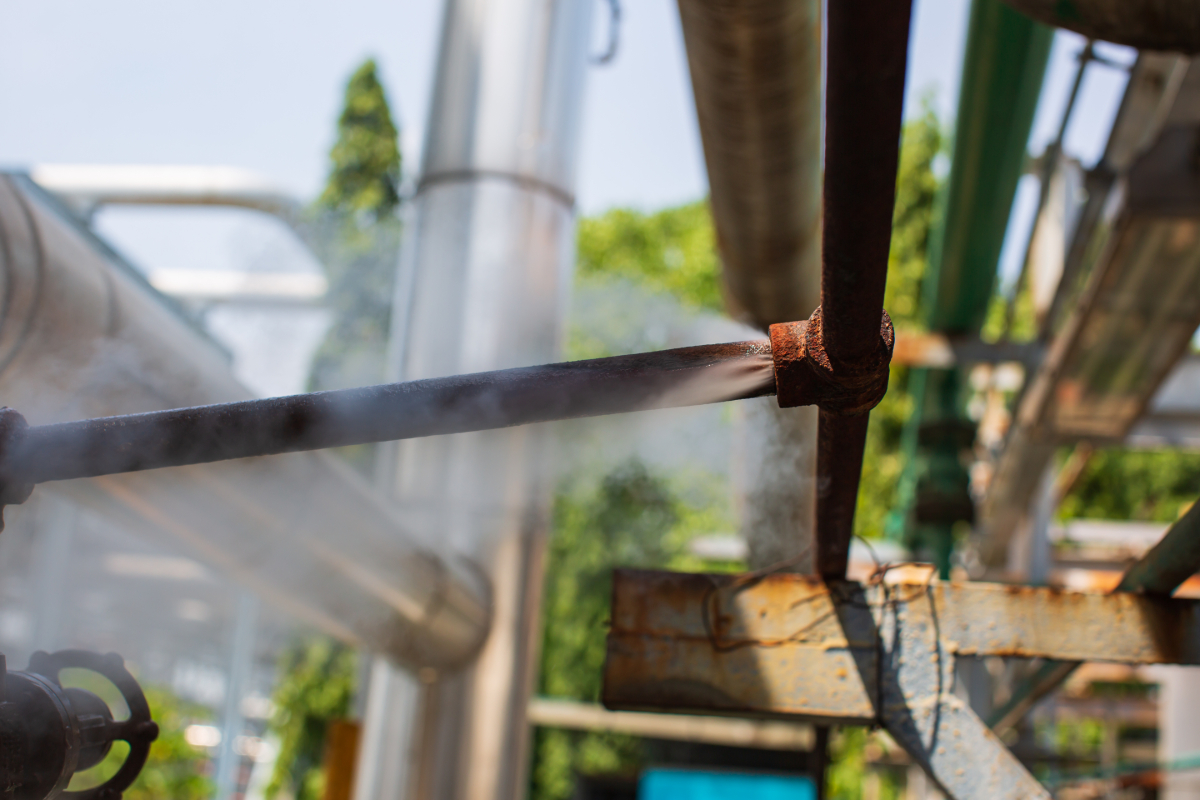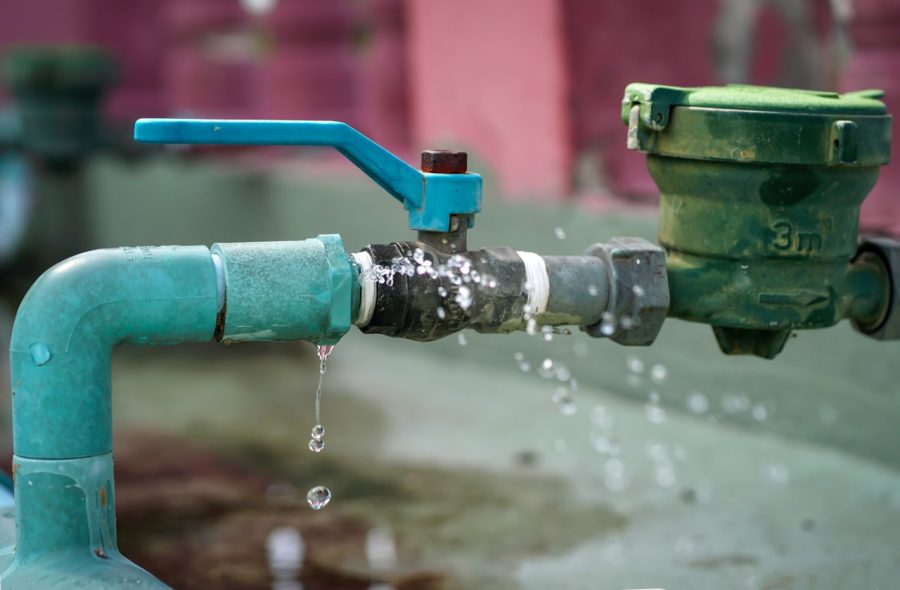Practical Advice for Handling Plumbing Issues in Older Homes
Practical Advice for Handling Plumbing Issues in Older Homes
Blog Article
They are making a few good observations relating to Common Plumbing Problems in Older Homes overall in this article down below.

Older homes commonly include charm, personality, and history, however they can likewise bring a host of plumbing issues. Whether you're managing maturing pipelines, low tide pressure, or leaks, understanding exactly how to attend to these typical problems is crucial to keeping a safe and functional home. In this guide, we'll check out the typical plumbing obstacles faced by older homes and supply functional solutions to keep your pipes in top shape.
Recognizing Usual Plumbing Problems
Aging Pipes
Among the most usual problems in older homes is aging pipes. Depending upon the period in which your home was developed, the pipelines might be made from products that have actually weakened with time, such as galvanized steel, cast iron, or even lead. These materials can corrode, come to be fragile, or create leaks, causing water damages and potential health hazards.
Water Top Quality Testing
Older pipes can influence the quality of your water. Conduct a water high quality examination to check for pollutants such as lead, corrosion, or various other impurities that may be presented by maturing pipelines.
Solutions for Common Plumbing Concerns
Changing Aging Pipes
If your home has old, weakening pipelines, take into consideration replacing them with contemporary products like copper or PEX. This can be a substantial investment, however it will certainly protect against future issues and improve the security and dependability of your pipes system.
Dealing With Low Tide Pressure
To fix low water pressure, begin by cleaning or replacing old fixtures and eliminating mineral accumulation in the pipelines. If the trouble persists, it might be necessary to replace areas of rusty pipelines.
Fixing and Replacing Leaking Pipes
For little leakages, you can utilize pipeline clamps or epoxy putty as a short-lived solution. Nevertheless, it's ideal to change dripping pipelines completely to stay clear of more damage.
Upgrading Fixtures
Upgrading old fixtures to modern, water-efficient models can improve your home's plumbing efficiency and minimize water usage. Search for fixtures with the WaterSense tag for the very best effectiveness.
Dealing with Pipeline Deterioration
If your pipelines are rusted, replacing them with corrosion-resistant products like copper, PVC, or PEX is the most effective option. Regular inspections and water top quality upkeep can assist stop additionally deterioration.
Low Water Stress
If you're experiencing low tide stress, it could be due to natural resources, deterioration inside the pipes, or old components that are no more working efficiently. This can be a significant aggravation, particularly in locations like showers and sinks.
Dripping Pipelines
Leaks are another constant problem in older homes, frequently caused by rusty or worn-out pipes. Also little leaks can bring about substantial water damages, mold development, and boosted water bills otherwise attended to promptly.
Obsolete Fixtures
Outdated pipes fixtures such as taps, bathrooms, and showerheads not just look old but might likewise be much less effective, prone to leakages, or incompatible with contemporary plumbing requirements.
Pipe Deterioration
Rust is an usual issue in older pipelines, especially those made from galvanized steel or cast iron. Rusty pipes can restrict water flow, create staining, and ultimately bring about leaks or pipeline ruptureds.
Evaluating the Problem of Your Plumbing
Inspecting Noticeable Pipelines
Start by checking any visible pipelines in your home, such as those in basements, crawl spaces, or under sinks. Seek signs of deterioration, leaks, or rust, which can show underlying issues.
Checking for Leaks
Check for leaks by evaluating areas around faucets, commodes, and under sinks. You can likewise check your water meter prior to and after a period of no water utilize to detect covert leakages.
When to Call a Professional
While some pipes issues can be managed with do it yourself solutions, there are times when it's finest to call a professional. If you're taking care of significant leakages, comprehensive rust, or are unclear about the condition of your pipes, a licensed plumbing professional can offer expert evaluation and fixing.
Preventive Upkeep Tips
Regular Evaluations
Consistently inspect your plumbing system for signs of wear and tear. Catching problems early can avoid expensive fixings down the line.
Water Stress Law
Ensure your water pressure is within the recommended range to stay clear of stressing your pipes and fixtures. A plumbing can set up a pressure regulator if needed.
Water Quality Maintenance
Install water filters or conditioners if your water top quality is poor. This can shield your pipelines and components from damages triggered by difficult water or contaminants.
Proactive Pipe Replacement
If your home has older pipelines, think about positive replacement before significant concerns develop. This can conserve you from emergency fixings and water damages.
Verdict
Taking care of plumbing issues in older homes requires a mix of alertness, preventive maintenance, and prompt upgrades. By recognizing the typical difficulties and knowing when to look for specialist assistance, you can ensure your pipes system stays practical and reliable for several years ahead.
Common Plumbing Issues in Older Homes and How to Fix Them
Owning an older home in Australia comes with its unique charm and a set of challenges, especially when it comes to plumbing. The Sunshine Coast has many older properties that can harbour plumbing problems that aren t just inconvenient but potentially costly. Here s a look at some common plumbing issues in older homes and expert advice on how to handle them.
Outdated Piping Materials
Many older homes were built with galvanised steel, cast iron, or even lead pipes, materials that are far from ideal by today s standards. Galvanised pipes are prone to corrosion and clogging, while lead pipes pose serious health risks.
How to Fix:
Replacing old pipes is a job for a professional. Upgrading to copper or PVC piping not only enhances water quality and flow but also increases the property s safety and value. If you suspect your home has outdated materials, a licensed plumber can conduct a thorough inspection and recommend the best course of action.
Corrosion and Pipe Degradation
Over time, exposure to water and minerals can cause pipes to corrode, leading to leaks, bursts, and water contamination. Corrosion is especially common in homes over 50 years old.
How to Fix:
Regular inspections can catch early signs of corrosion. If corrosion is found, the affected section of piping often needs to be replaced. For homes with extensive corrosion, a complete plumbing overhaul might be necessary. It s crucial to consult with a plumbing expert to understand the extent of the issue.
Tree Root Intrusion
Older neighbourhoods usually have mature trees whose roots can intrude into pipe lines, causing blockages or damage. This is particularly problematic for sewer lines, where roots seek out water sources.
How to Fix:
A plumber can use a specialised camera to inspect sewer lines for root intrusion. If roots are a problem, methods like root cutting or hydro-jetting can clear the obstruction. In severe cases, part of the pipe may need replacing. Consider root barriers around the piping to prevent future issues.
Inadequate Water Pressure
Low water pressure in older homes can be due to various factors, including corroded water lines, sediment build-up in pipes, or outdated fixtures.
How to Fix:
First, check if the low pressure is isolated to one area or throughout the house. Replacing old fixtures can sometimes resolve the issue. However, if the problem is more widespread, it might be due to sediment or corrosion. Flushing the system or replacing the affected pipes usually restores normal pressure. Again, a professional assessment is advisable.
Outdated Fixtures
Older homes often feature fixtures that are not only visually dated but functionally inefficient. This includes everything from toilets and taps to showerheads and washing machine hoses.
How to Fix:
Updating these fixtures can improve both water efficiency and the aesthetic appeal of your home. Modern fixtures are designed to conserve water, which can significantly reduce your water bill and lessen your environmental impact.
Conclusion
Maintaining the plumbing in an older home requires a proactive approach. Regular checks and updates are key to preserving these beautiful properties. If you re facing plumbing issues in your older home, it s best to call on experienced professionals like Green & Gold Plumbing & Gas. With the right expertise, even the most daunting plumbing problems can be resolved, ensuring that your home s character is maintained while its functionality is enhanced.
https://gandgplumbing.com.au/common-plumbing-issues-in-older-homes-and-how-to-fix-them/

I stumbled upon that entry about Plumbing Problems In Old Homes when surfing around the internet. Make sure you take a moment to promote this blog post if you appreciated it. I value reading our article about Plumbing Problems In Old Homes.
Additional Resources Report this page